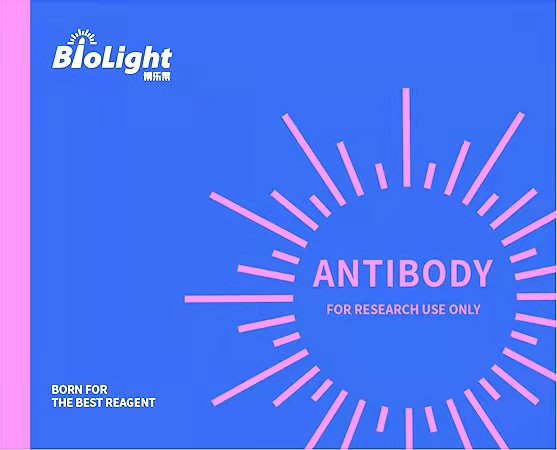
Anti-TLR4 Antibody, Mouse Monoclonal, C7
产品编号:PM00053HuM10-C7
$ 待定
规格 50uL 100uL 200uL 可选
产品名称:Anti-TLR4 Antibody, Mouse Monoclonal, C7
克隆号:C7
抗体亚型:
经验证的应用:WB/ICC
交叉反应:
特异性:human TLR4
免疫原:Recombinant human TLR4 protein, fragment Cys29~Leu253;UniprotKB: O00206
制备方法:Produced in rabbits immunized with human TLR4, and purified by antigen affinity chromatography.
来源:Monoclonal Mouse IgG
纯化:Immunogen affinity purified
缓冲液:Supplied in PBS, 50% glycerol and less than 0.02% sodium azide,PH7.4
偶联物:Unconjugated
浓度:Liquid
运输方式:This antibody is shipped as liquid solution at ambient temperature. Upon receipt, store it immediately at the temperature recommended.
储存条件:This antibody can be stored at 2℃-8℃ for one month without detectable loss of activity. Antibody products are stable for twelve months from date of receipt when stored at -20℃ to -80℃. Preservative-Free. Avoid repeated freeze-thaw cycles.
别称:CD284, TOLL, HToll
背景信息: TLR4. TLR4 is a 100 kDa type I transmembrane glycoprotein that belongs to the mammalian Toll‑Like Receptor family of pathogen pattern recognition molecules. The complex of TLR4 with MD‑2 functions as a critical receptor for bacterial endotoxin/lipopolysaccharide (LPS) (1-3). Mature human TLR4 consists of a 608 amino acid (aa) extracellular domain (ECD), a 21 aa transmembrane segment, and a 187 aa cytoplasmic domain. TLR4 contains 21 leucine rich repeats in its ECD and one cytoplasmic Toll/IL‑1 receptor (TIR) domain (4). The ECD of human TLR4 shares approximately 25% aa sequence identity with other human TLRs and 60%-74% aa sequence identity with bovine, equine, feline, mouse, rat, and porcine TLR4. On monocytes, macrophages, dendritic cells, and B cells, MD-2 expression is required for cell surface localization of TLR4 and for optimal LPS-induced TLR4 signaling (5-8). MD-2 also forms soluble disulfide‑linked homo‑oligomers which can interact with TLR4 (6). Through a domain separate from its TLR4-binding domain, MD-2 extracts LPS from circulating CD14-LPS complexes and carries the LPS into a ternary complex with TLR4 (9-11). The interaction of MD-2/LPS with TLR4 induces receptor oligomerization and the triggering of an inflammatory response (2, 12). Increased levels of plasma MD-2 in septic shock patients sensitizes MD-2 non-expressing epithelial cells to LPS and promotes widespread tissue inflammation (13).
全称:Toll-like receptor 4 (TLR4)
说明书:待上传

